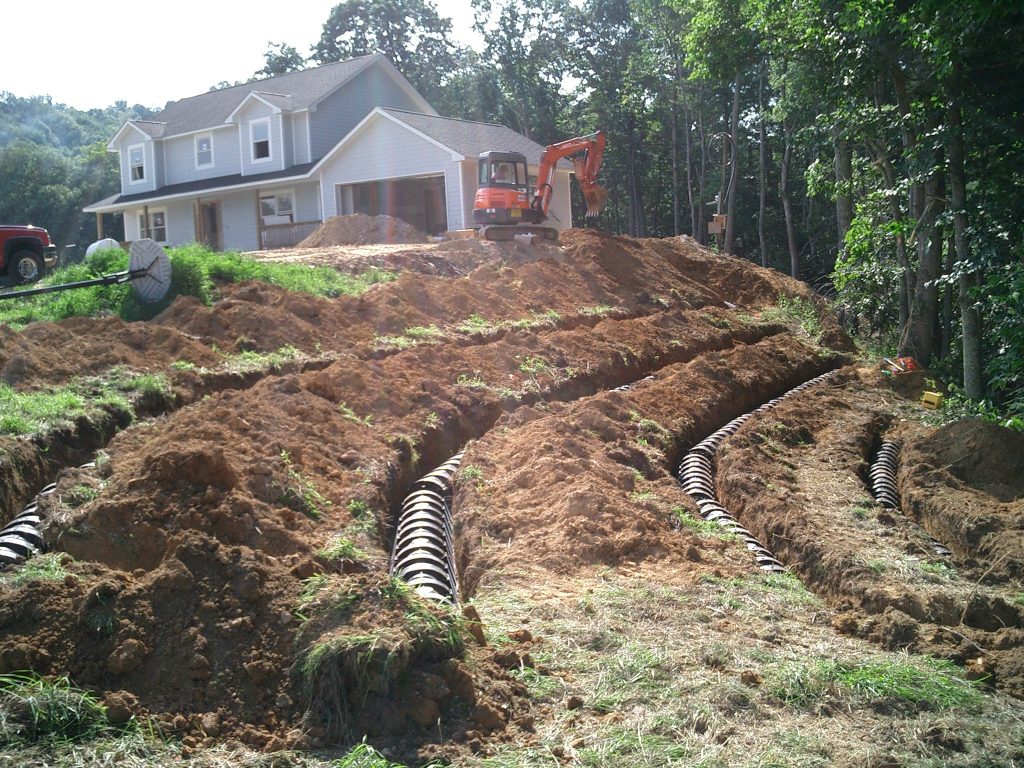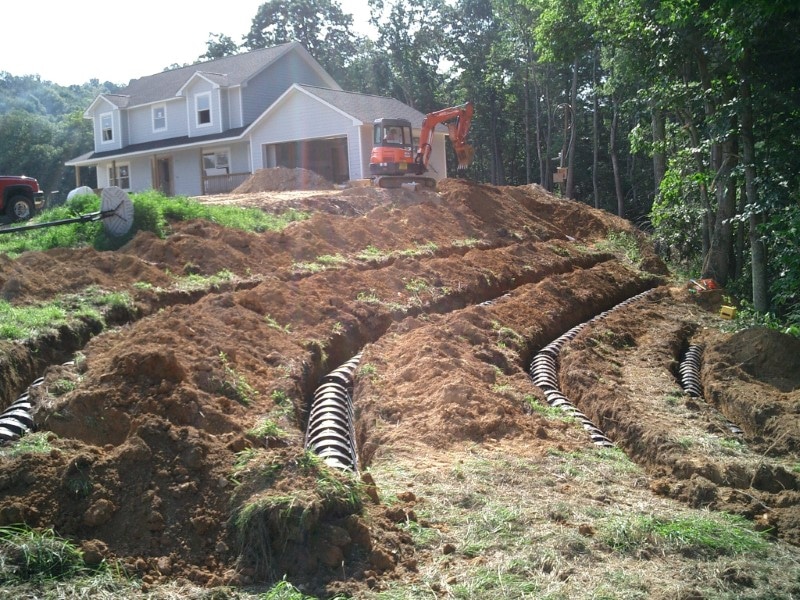
A properly constructed drain field system can function for a number of years with low maintenance costs. It is essential for your peace of mind to ensure that the house you are about to purchase has a decent and efficient wastewater sewage system.
An individual uses water for drinking, bathing, washing clothes and utensils and so on. Cities are equipped with advanced drainage systems and wastewater treatment plant(s) to take care of all their drainage needs. However, if you reside in a rural area, then you may have a septic system installed to treat the wastewater. The septic system consists of a septic tank and an absorption field usually containing the PVC skeleton surrounded by gravels of various sizes.
You may have heard of the drain field by its other names such as leaching bed or an absorption field. Trenches of drain field treat liquid flowing from the septic tank. A drain field ditch or trench is generally 18 to 36 inches wide and up to 100 feet deep or much more depending on the capacity and projected use of the facility. The ditch contains a perforated pipe covered by natural or artificial porous fibers. Some soil treatment systems use large plastic tubing or some other chamber wrapped with fabric in the trench in place of rock. A 6 to 12-inch deep layer of topsoil covers the trench. Wastewater flows through the holes in the distribution pipe to the rock (or tube) through the biomass and into the soil. Bacteria and fine sewage solids are removed or destroyed in this process.
The amount of water that you put into the septic tank is the same that flows out into the absorption field. This means that if a lot of wastewater is let into the system, the solids may simply flow into the drain field.
Some tips to ensure smooth functioning of the drain field:
• One must be sure to construct the drain field in an area that has good ventilation and receives enough sunlight.
• Promote the growth of grass over the drain field, as it provides a good cover.
• Do not construct anything over the drain field.
• Roots of trees planted near the drain field can block or dent distribution pipes and thus remove them.
Bottom Line:
Drain field or a leaching bed is an indispensable part of a sewage disposal system. A well-designed drain field can give flawless performance for 20 to 25 years or longer provided the internal PVC and gravel structure remains in tact. Thus, it is important to take this aspect of the wastewater treatment system very seriously.
